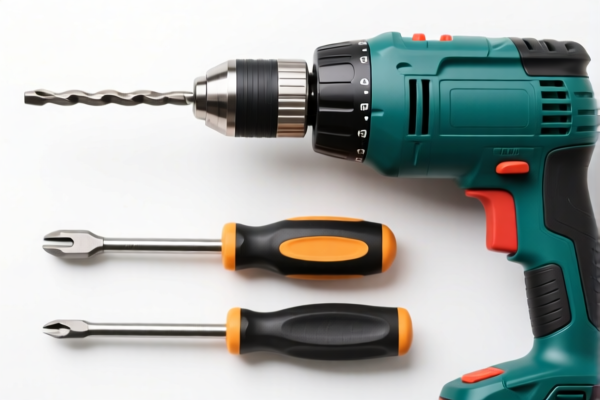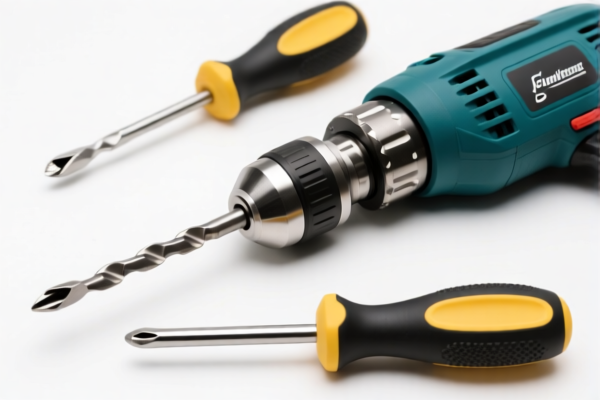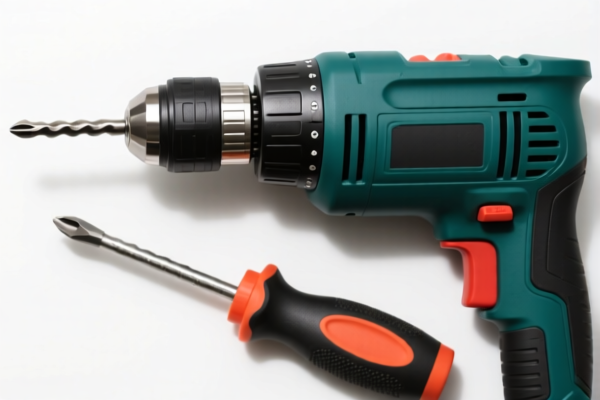| HS Code | Official Doc | Tariff Rate | Origin | Destination | Effective Date |
|---|---|---|---|---|---|
| 8205511500 | Doc | 55.0% | CN | US | 2025-05-12 |
| 8205593080 | Doc | 55.0% | CN | US | 2025-05-12 |
| 9611000000 | Doc | 40.2% | CN | US | 2025-05-12 |




Clay Carving Tools
Clay carving tools are implements used to shape, texture, and detail clay objects. These tools facilitate subtractive and additive sculpting techniques, enabling artists and craftspeople to create a wide range of forms.
Materials
Clay carving tools are commonly made from the following materials:
- Stainless Steel: Durable, rust-resistant, and holds a sharp edge. Most professional-grade tools are constructed from stainless steel.
- High-Carbon Steel: Can be exceptionally sharp and maintain their edge well, but require careful maintenance to prevent rusting.
- Wood: Often used for handles, providing comfort and grip. Some tools utilize wood for shaping and smoothing, though these are less common for detailed carving.
- Plastic/Polymer: Used for some loop tools and texture applicators, offering affordability and resistance to corrosion.
Purpose & Function
The primary purpose of clay carving tools is to manipulate clay. Functions include:
- Shaping: Removing clay to define forms and create contours.
- Detailing: Adding fine lines, textures, and patterns.
- Smoothing: Refining surfaces and removing imperfections.
- Hollowing: Creating voids within clay forms.
- Joining: Scoring and blending clay pieces together.
Usage Scenarios
Clay carving tools are employed in various contexts:
- Pottery: Creating decorative elements, handles, and unique forms on wheel-thrown or hand-built pottery.
- Sculpture: Developing detailed figurative or abstract sculptures.
- Relief Carving: Incising designs into a flat clay surface.
- Miniature Work: Crafting small-scale clay figures or ornaments.
- Educational Settings: Teaching sculpting techniques in schools and workshops.
Common Types
A wide variety of tools exist, each suited for specific tasks. Some common types include:
- Loop Tools: Wire loops of varying sizes used for removing larger amounts of clay and hollowing forms. Available in different shapes (round, square, triangular).
- Ribbon Tools: Similar to loop tools but with flatter, ribbon-like loops, useful for smoothing and refining surfaces.
- Needle Tools: Sharp pointed tools used for scoring clay, creating fine lines, and releasing air bubbles.
- Wooden Modeling Tools: Shaped tools used for smoothing, blending, and adding details. Include kidney-shaped tools, pointed tools, and flat tools.
- Wire Cutters: Used for slicing clay from a larger block or removing clay from the wheel.
- Sponge: Used for smoothing surfaces and absorbing excess water.
- Scrapers: Flat tools used for removing clay and creating clean edges.
- Profile Tools: Tools with curved edges for creating specific shapes and contours.
- Texturing Tools: Tools with patterned surfaces for adding textures to clay. These can include stamps, combs, and rollers.
- Clay Chisels/Carving Tools: Tools with a chisel-like blade for more defined subtractive carving.
Clay carving tools fall under the category of handtools. Based on the provided information, the following HS codes are relevant:
- 8205511500: This HS code covers handtools (including glass cutters) not elsewhere specified or included; blow torches and similar self-contained torches; vises, clamps and the like, other than accessories for and parts of machine tools or water-jet cutting machines; anvils; portable forges; hand- or pedal-operated grinding wheels with frameworks; base metal parts thereof: Other handtools (including glass cutters) and parts thereof: Of iron or steel: Carving and butcher steels, with or without handles. This specifically includes carving steels, potentially applicable if the tools are made of iron or steel. The tax rate details are: basic tariff: 0.0%, additional tariff: 25.0%, additional tariff after 2025.4.2: 30%, with a total tariff of 55.0%.
- 8205593080: This HS code covers handtools (including glass cutters) not elsewhere specified or included; blow torches and similar self-contained torches; vises, clamps and the like, other than accessories for and parts of machine tools or water-jet cutting machines; anvils; portable forges; hand- or pedal-operated grinding wheels with frameworks; base metal parts thereof: Other handtools (including glass cutters) and parts thereof: Other: Crowbars, track tools and wedges, and parts thereof Other. While not specifically carving tools, this could apply if the clay carving tools don't fit the description of carving steels and are categorized as other handtools. The tax rate details are: basic tariff: 0.0%, additional tariff: 25.0%, additional tariff after 2025.4.2: 30%, with a total tariff of 55.0%.
It is important to determine the material composition of the clay carving tools (specifically if they are made of iron or steel) to accurately classify them under either 8205511500 or 8205593080.
Customer Reviews
No reviews yet.